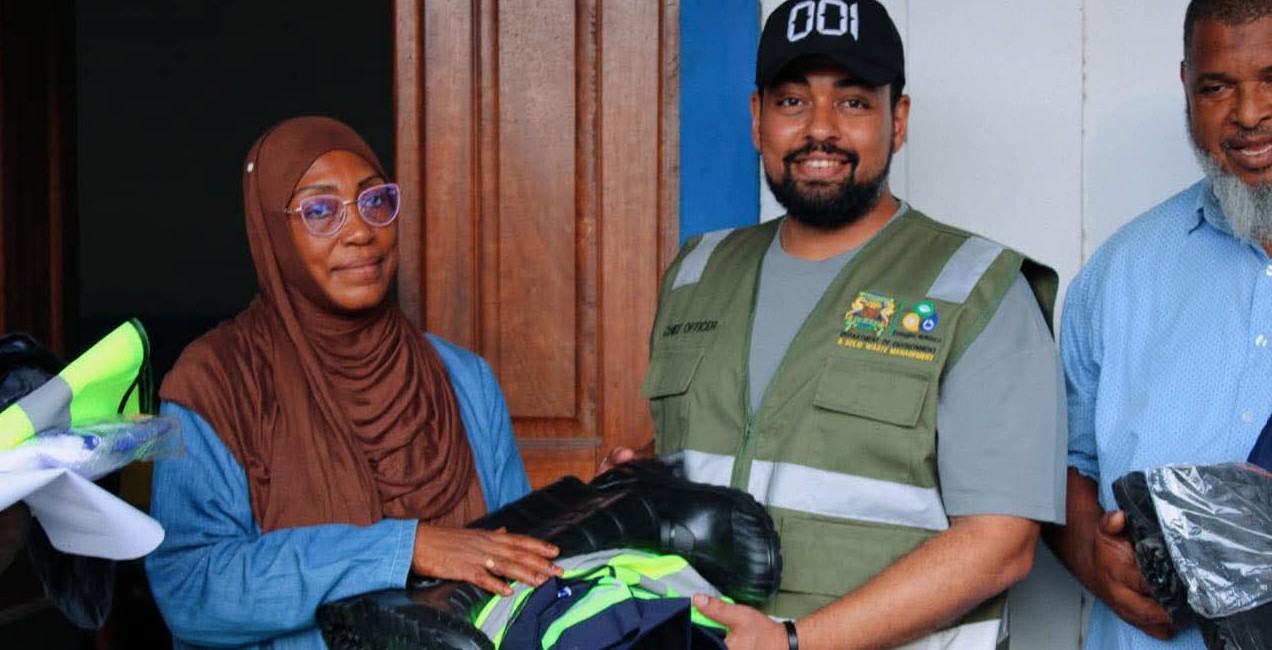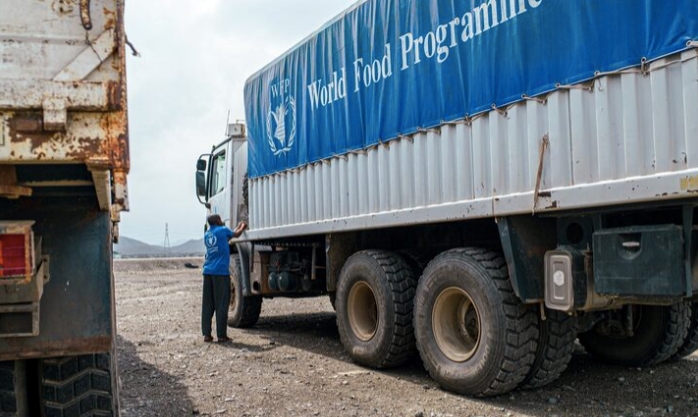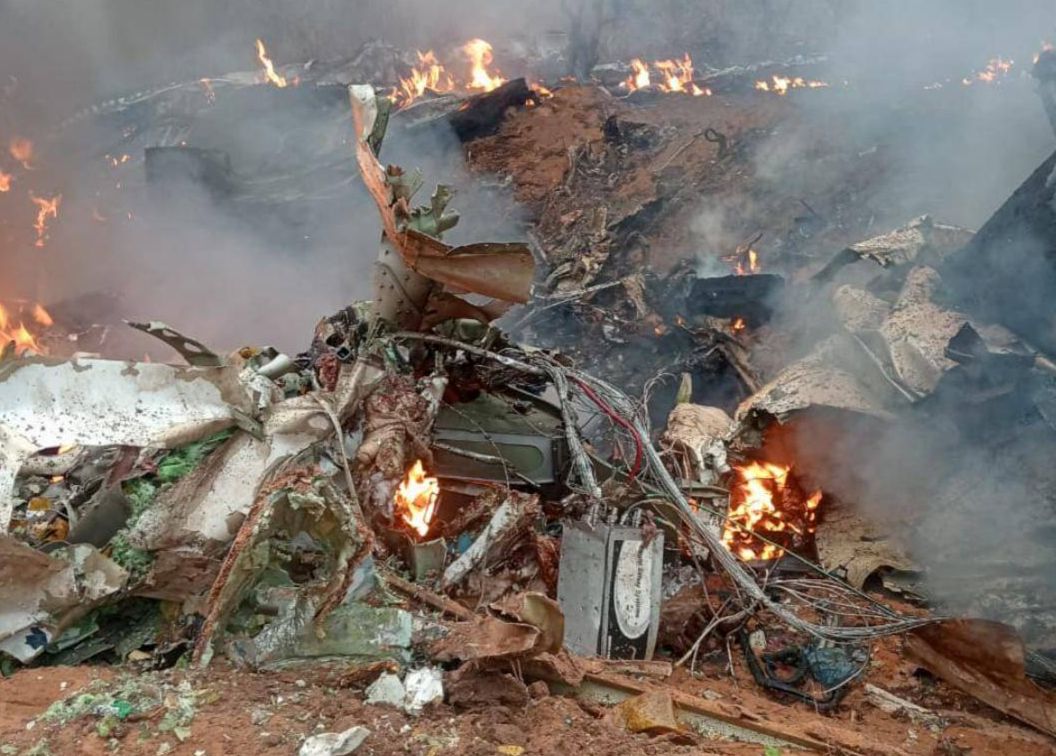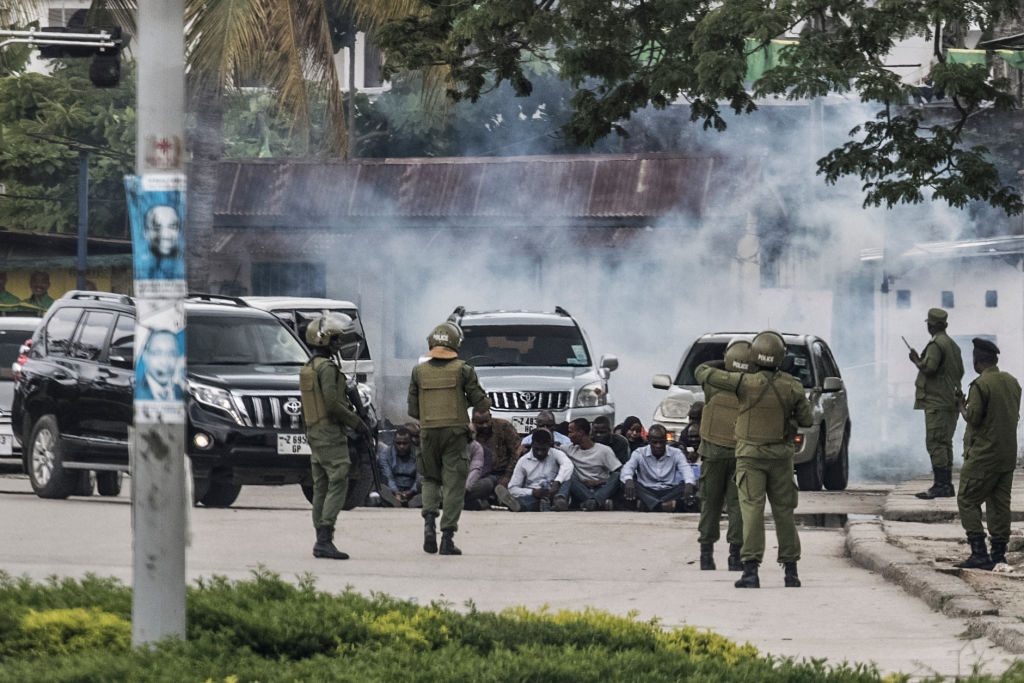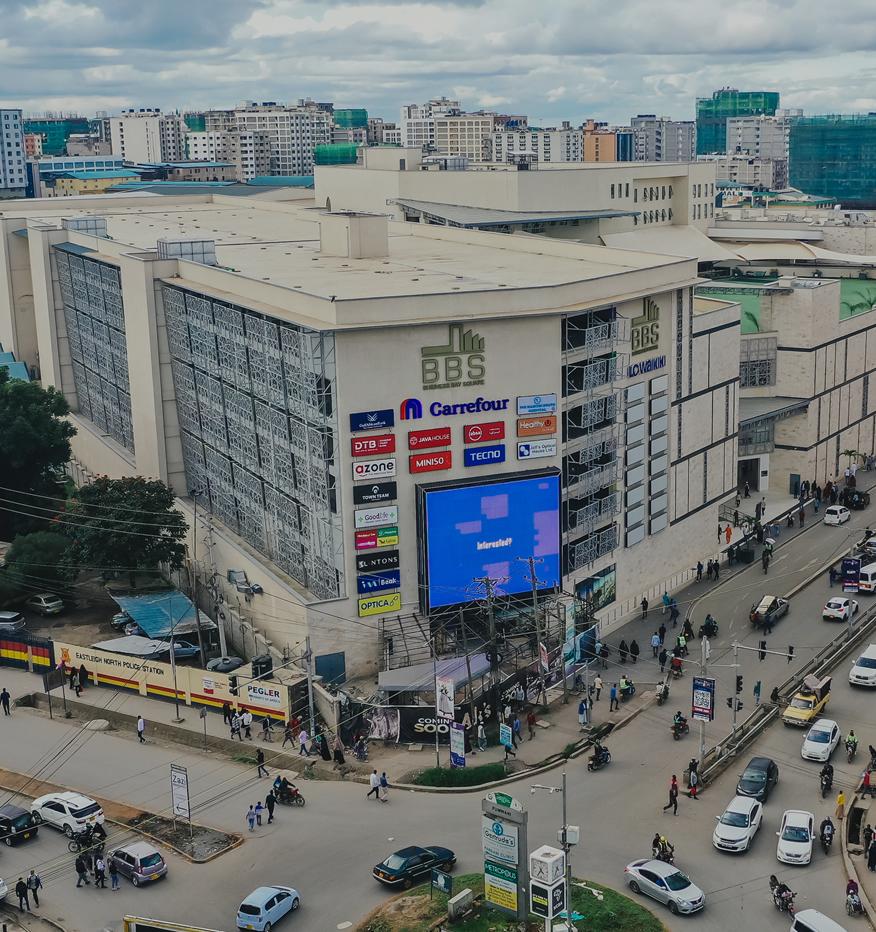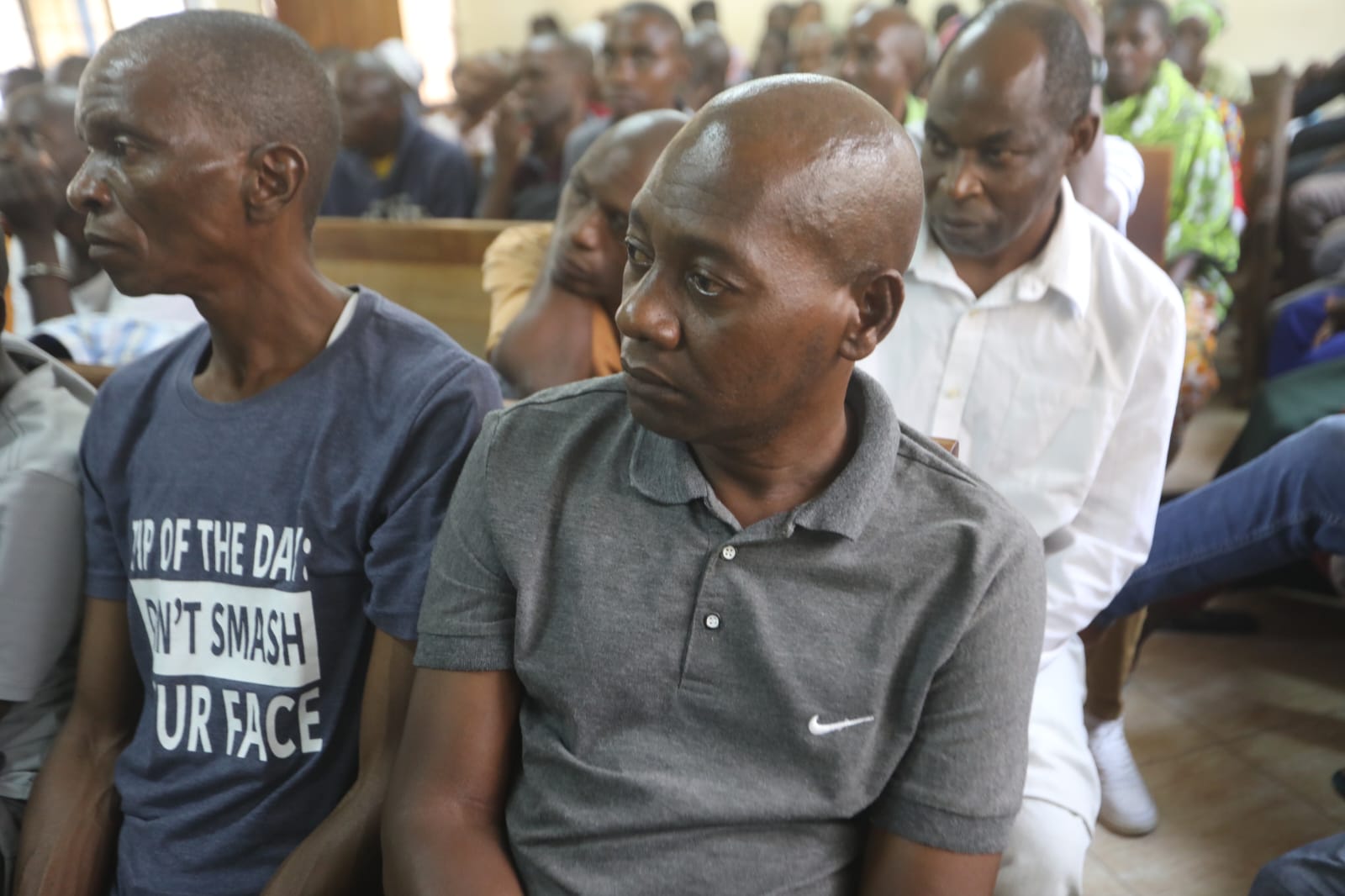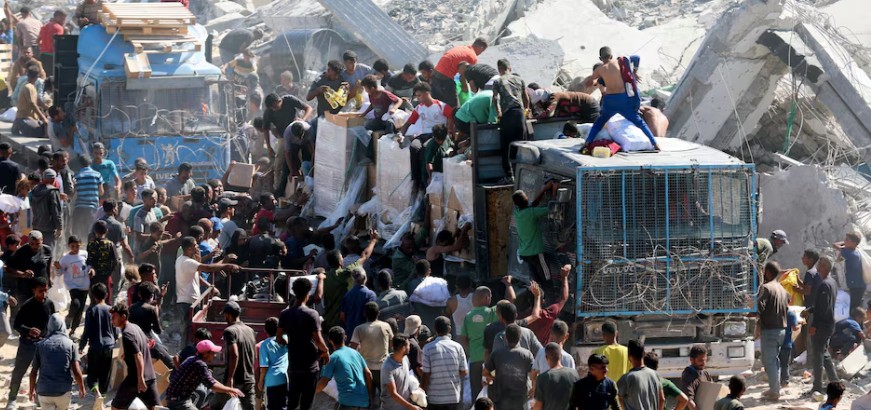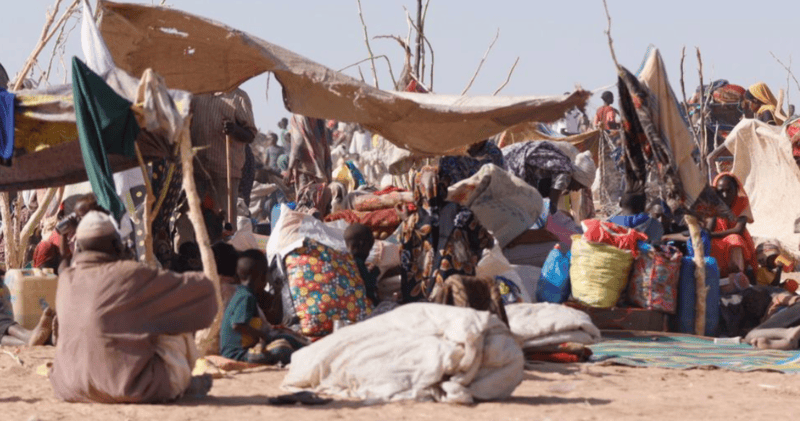Horn of Africa sees decline in extremism victims, but militants adapt with new tactics
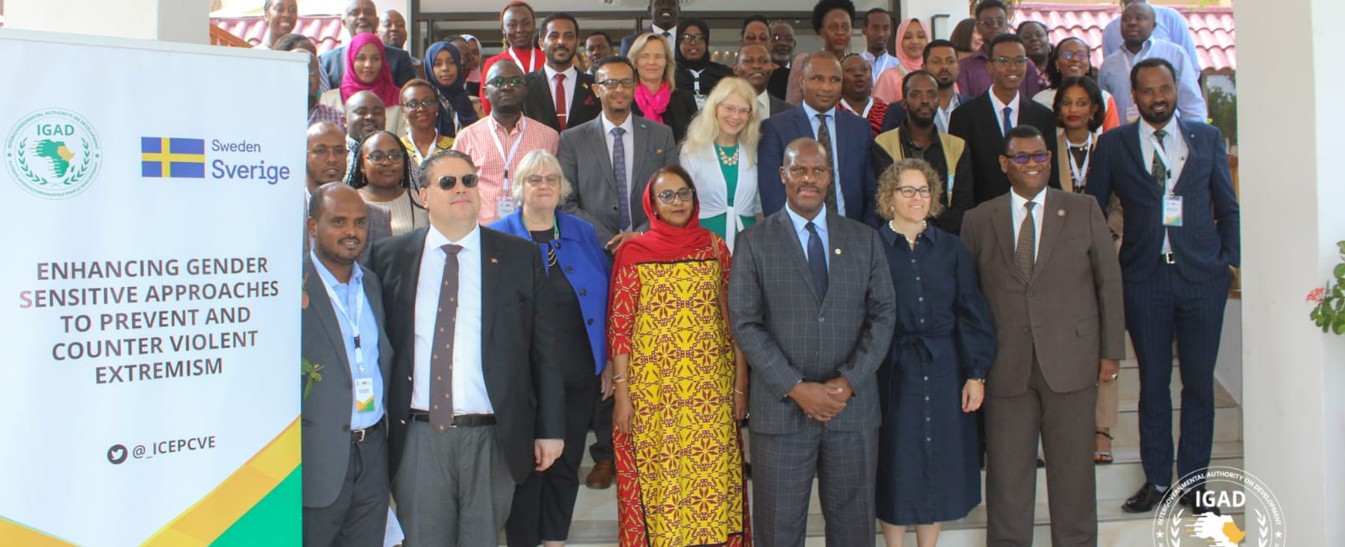
New IGAD report shows violent extremism deaths down 19 per cent across the Horn of Africa, but warns militant groups are regrouping with drones, crypto-financing, and cross-border strikes.
The Horn of Africa region recorded a drop in fatalities and injuries linked to violent extremism over the past three months, according to new data from the IGAD Centre of Excellence for Preventing Violent Extremism (ICEPCVE).
Covering the period between July and September, the analysis shows that fatalities and injuries fell by about 19 per cent compared to the previous quarter, with an estimated 730+ deaths and 330+ injuries reported.
More To Read
- South Sudan, Djibouti, Ethiopia and Uganda seal deal on Horn of Africa transport corridor
- Sudan among countries facing widespread mine and explosive contamination – UN report
- IGAD Chief urges action over irregular migration, joblessness in Horn of Africa
- Egypt inches closer to troop deployment in Somalia amid regional tension
- Yemen, Somalia hold security talks in Aden to strengthen bilateral cooperation
- Eritrea renews push to pursuade US to lift long-standing sanctions
"A majority of the fatalities were militants (75 per cent), followed by security personnel (20 per cent), and civilians (5 per cent). Security forces and civilians were predominantly affected by improvised explosive device (IED)-related incidents, with Kenya continuing to face heightened vulnerability to cross-border spillovers from neighbouring conflict zones," says the report.
However, the report cautions that despite the overall decline in attacks, targeted and cross-border incidents persisted — a sign of the resilience and adaptability of extremist networks in the region. It adds that militant groups have increasingly turned to asymmetric and technology-enhanced tactics amid intensified counterterrorism operations.
As a result, the quarter saw continued militant activity in Somalia and Kenya’s border regions, with conflicts shifting toward more sophisticated and unconventional warfare.
New level of sophistication
"The use of drones, crypto-financing, and Houthi-linked weapons marked a new level of sophistication on both sides. August recorded a surge in attacks as militants retaliated against joint Somali-UPDF operations and international airstrikes, while by September the overall scale declined, though targeted and symbolic strikes persisted, showing adaptation rather than weakness," the centre warns.
Explosives remained the most used weapons, accounting for nearly half of all attacks. Their use peaked in August, coinciding with intensified counterterrorism operations and retaliatory assaults by militants.
Small arms and ambush tactics followed closely, reflecting a shift toward mobile guerrilla warfare after significant territorial losses, the report adds.
Most of the attacks were recorded in Lower Shabelle, Middle Shabelle, Hiiraan, Galgaduud, and Puntland, with additional incidents in Jubaland (Lower Juba), Bay, Bakool, and Mogadishu. A few cross-border and IED attacks were also reported in northeastern and coastal Kenya, particularly along the Mandera-Garissa-Lamu corridor.
Coordinated, unified responses
The Centre urged governments to combine robust security operations with community-based prevention efforts, emphasising that evolving militant strategies require coordinated, inclusive, and regionally unified responses.
"Joint cross-border task forces and active community engagement remain essential to curb infiltration, enhance intelligence sharing, and strengthen early warning along shared borders," the analysis adds.
During the review period, the centre said it increased collaboration with partners in line with its mission to build resilient communities across the Horn of Africa, guided by IGAD’s vision for peace, security, and development.
In the previous quarter (April to June), about 932 people were killed — 85 per cent of them militants — and 412 were injured, mostly militants as well.
Civilian and security forces deaths accounted for 15 per cent of the total during a period marked by intense fighting in Somalia and targeted cross-border ambushes in Kenya.
Top Stories Today
